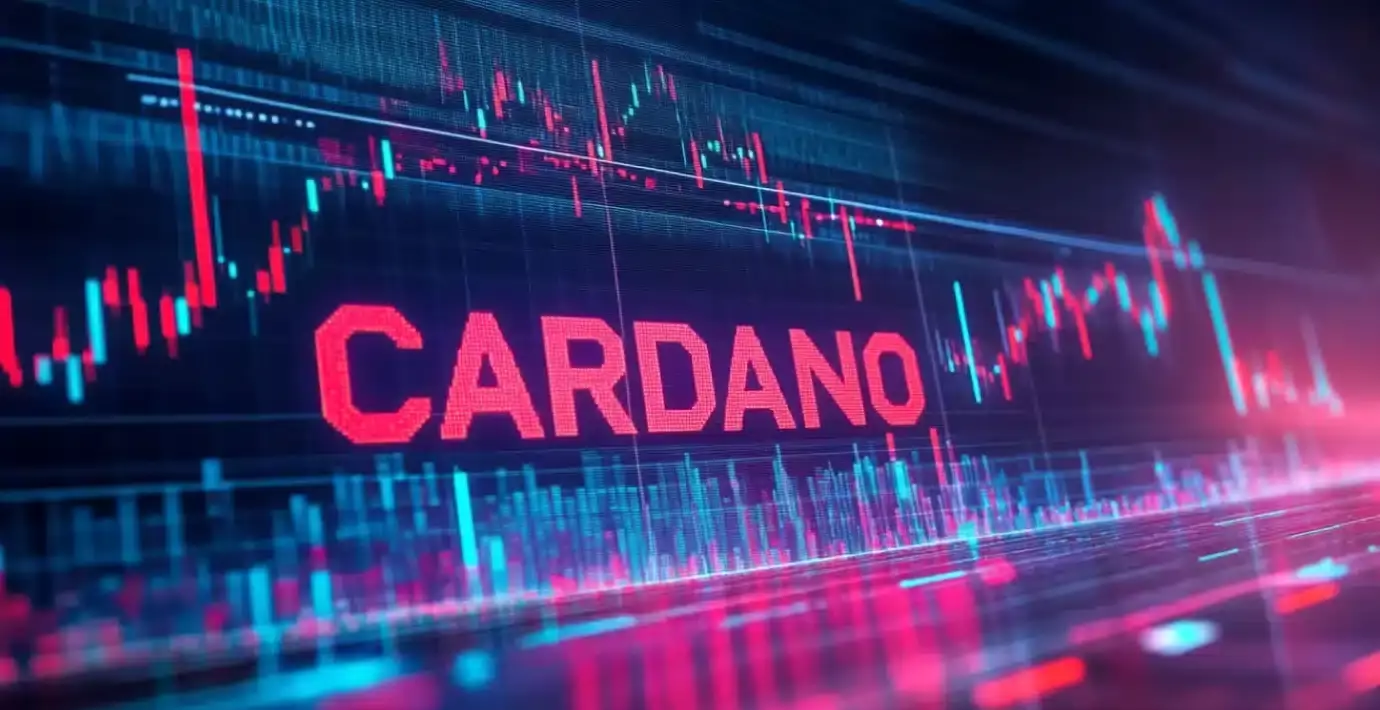Cardano recently declared a remarkable achievement by surpassing 110 million transactions—a number that showcases the blockchain’s burgeoning ecosystem and user engagement. On the surface, this achievement should be celebrated as a testament to Cardano’s growing adoption. However, the reality is more ambiguous; this milestone is juxtaposed against an increasingly troubled market performance. Even as Cardano reaches operational heights, its associated cryptocurrency, ADA, is struggling to find a foothold in a bearish market, leading many to question the sustainability of this growth.
The Paradox of Staked Assets
A significant portion of the Cardano community remains actively involved by staking approximately 22 billion ADA across 2,992 active stake pools. This collective engagement is often seen as a positive sign, indicating a dedicated user base willing to invest in the long-term success of the network. However, the stark reality is that active participation does not always translate to price appreciation. With ADA trading at approximately $0.6811—down over 11% in just a week—one must wonder whether staking as a metric truly reflects the network’s health or merely illustrates the community’s steadfastness in the face of market adversity.
Indicators of a Continual Downtrend
Despite the heightened transaction volumes, the sentiment surrounding ADA remains largely bearish. Technical indicators, including moving averages and the relative strength index (RSI), suggest that the path of least resistance points downward. Most notable is ADA’s trading situation below major moving averages, making the chances of a price rally seem increasingly flimsy. As traders speculate on ADA’s next moves—perhaps hoping for a bounce back to the $0.72 range—the overall narrative indicates that ADA could return to lower levels if support at $0.67 crumbles.
The Dilemma of Market Volatility
Interestingly, the rise in open interest and trading volume in the derivatives market could imply that traders are amassing leverage, possibly in anticipation of volatility. This indicates a market sentiment rife with speculation rather than unbridled confidence. If anything, this should evoke caution among investors, as increased leverage also raises the stakes for potential loss. It’s alarming to consider that traders might be betting on Cardano’s fluctuating fortunes rather than supporting its foundation with solid, long-term expectations.
Positive Developments Amidst Adversity
Even with the turbulent market conditions, one cannot overlook the positive strides Cardano is making in terms of development and partnerships. Initiatives like the collaboration with BitcoinOS for introducing decentralized rollups showcase a commitment to innovation and relevance in a rapidly evolving technological landscape. Furthermore, the Cardano Foundation’s release of the 2025 Ecosystem Guide indicates ongoing efforts to diversify Cardano’s utility across several sectors, including real estate and supply chain management. These undertakings are crucial; they signal a forward-thinking approach that might one day translate into market recovery.
In this complex web of achievements and setbacks, Cardano stands at a crossroads: the foundation is robust, the community engaged, but market sentiment remains precariously low.















